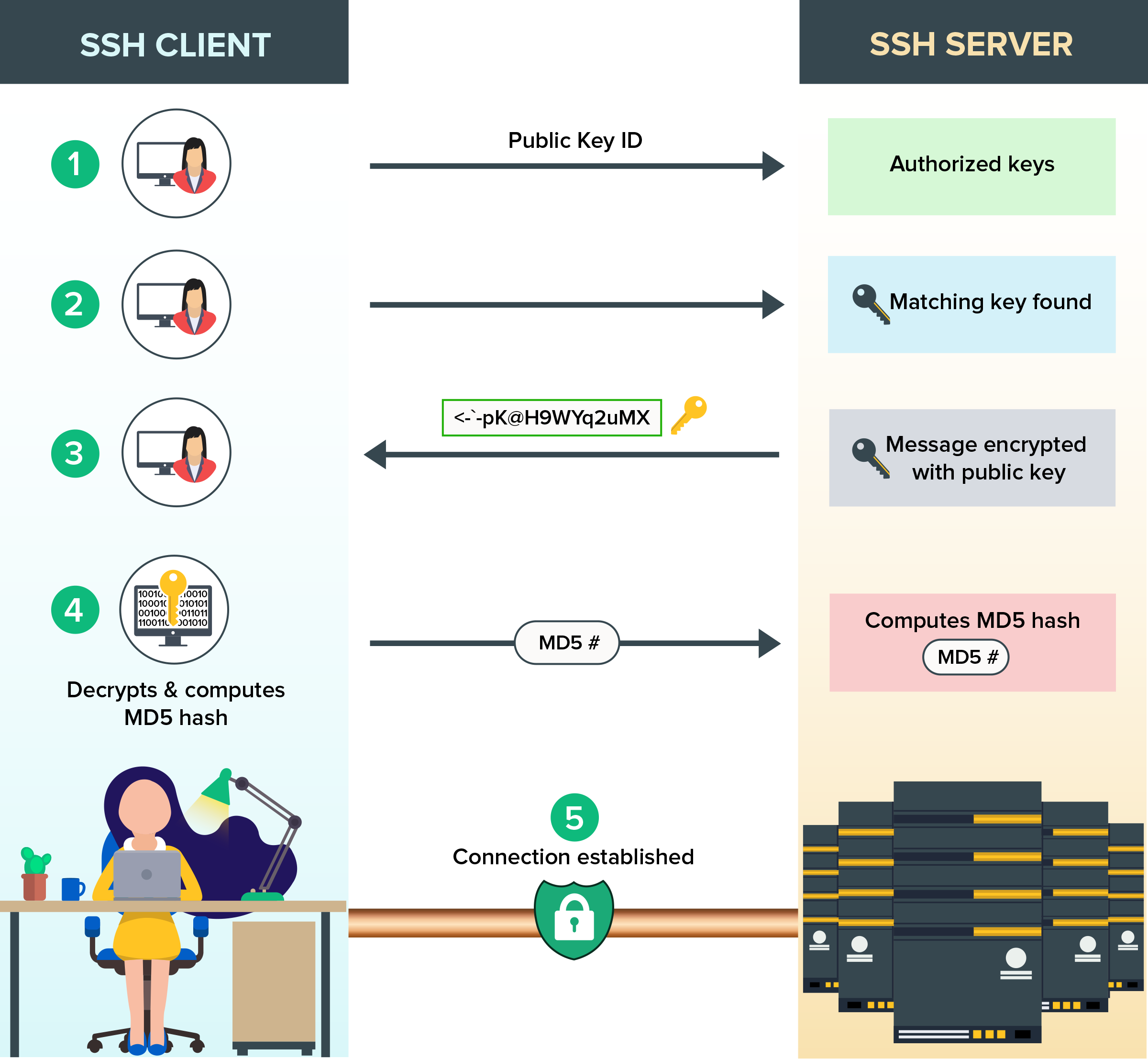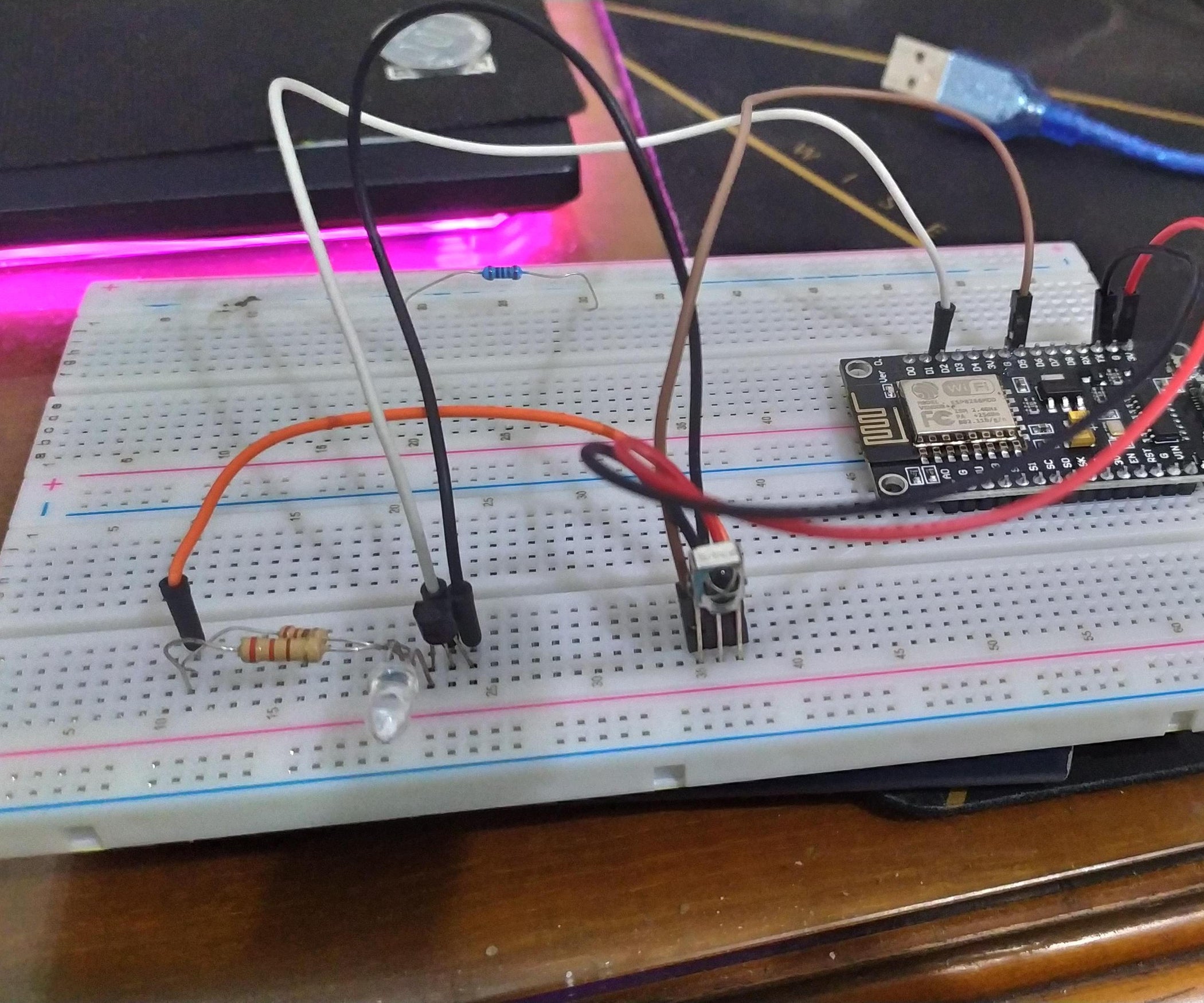Remote SSH IoT Over Internet AWS Example: The Ultimate Guide
So, here's the deal—remote SSH IoT over internet AWS example is not just another tech buzzword. It's the future of connected devices, and it’s shaping how we interact with technology in ways that were unimaginable just a few years ago. Imagine controlling your smart home devices from across the globe or managing an entire fleet of IoT devices without ever stepping foot into the office. Sounds cool, right? Well, that's exactly what remote SSH IoT over internet AWS is all about. Let's dive in and break it down for you.
Now, let’s get real for a second. If you're reading this, chances are you’ve heard about AWS and IoT but maybe you're still scratching your head on how they work together. Don’t worry, you're not alone. The concept of remote SSH IoT over internet AWS might seem intimidating at first, but once you grasp the basics, it becomes a game-changer. This guide will walk you through everything you need to know, step by step, so you can start leveraging this powerful tech combo.
Here’s the kicker—we’re not just throwing random jargon at you. We’ll cover practical examples, real-world use cases, and even some pro tips to help you set up your own remote SSH IoT system using AWS. Think of this as your cheat sheet to mastering the art of remote IoT management. Ready to take your tech game to the next level? Let’s go!
- Meet The Country Girl Pregnant With Her Third Baby And Living The Farm Life
- Lawanda Roosevelt An Inspiring Story Of Perseverance And Empowerment
What Exactly is Remote SSH IoT Over Internet AWS?
Alright, let’s start with the basics. Remote SSH IoT over internet AWS is essentially about connecting IoT devices to the internet and managing them remotely using Secure Shell (SSH) through Amazon Web Services (AWS). Think of AWS as the powerhouse that keeps everything running smoothly while SSH ensures secure communication between you and your devices. It’s like having a virtual assistant that handles all your IoT needs without compromising security.
Breaking Down the Key Components
Let’s break it down further:
- IoT Devices: These are the gadgets or sensors that collect data and perform actions based on your commands.
- SSH: This is the protocol that allows you to securely access and control your IoT devices over the internet.
- AWS: This is the cloud platform that provides the infrastructure and services needed to manage your IoT ecosystem.
When you combine these elements, you get a robust system that lets you monitor, control, and manage your IoT devices from anywhere in the world. Pretty awesome, huh?
- The Ultimate Guide To Kenneth Chois Daughter A Comprehensive Overview
- Parkinsons Diagnosis Lurking Uncovering The Truth About Mark Levins Health
Why Should You Care About Remote SSH IoT Over Internet AWS?
Here’s the thing—IoT is no longer a niche technology. It’s everywhere, and it’s here to stay. From smart homes to industrial automation, IoT devices are revolutionizing the way we live and work. But managing these devices manually can be a nightmare, especially when you have dozens or even hundreds of them spread across different locations. That’s where remote SSH IoT over internet AWS comes in.
By leveraging AWS, you can:
- Centralize device management
- Automate routine tasks
- Ensure top-notch security
- Scale your operations effortlessly
And the best part? You can do all of this without ever leaving your couch. Sounds too good to be true? Keep reading, and we’ll show you how it’s done.
Setting Up Your First Remote SSH IoT System on AWS
Okay, now let’s talk about the fun part—setting up your own remote SSH IoT system using AWS. Don’t worry; we’ll walk you through every step of the process so you don’t get lost along the way.
Step 1: Create an AWS Account
First things first—you’ll need an AWS account. If you don’t have one already, head over to the AWS website and sign up. It’s free to start, and you’ll get access to a ton of cool features that’ll help you build your IoT system.
Step 2: Set Up Your IoT Devices
Next, you’ll need to set up your IoT devices. This could be anything from a Raspberry Pi to a smart thermostat. Make sure your devices are connected to the internet and ready to roll.
Step 3: Configure SSH Access
Once your devices are set up, it’s time to configure SSH access. This involves generating SSH keys and setting up port forwarding if necessary. It might sound complicated, but trust us—it’s easier than it sounds.
Step 4: Connect to AWS IoT Core
Finally, connect your devices to AWS IoT Core. This is where all the magic happens. AWS IoT Core allows you to securely communicate with your devices and manage them from a centralized dashboard.
And that’s it! With these four steps, you’ll have your very own remote SSH IoT system up and running in no time.
Real-World Examples of Remote SSH IoT Over Internet AWS
Talking about theory is great, but nothing beats real-world examples. Here are a few use cases that show how remote SSH IoT over internet AWS is being used in the real world:
Example 1: Smart Agriculture
Farmers are using remote SSH IoT systems to monitor soil moisture levels, weather conditions, and crop health. By connecting sensors to AWS, they can receive real-time updates and make data-driven decisions to optimize their yields.
Example 2: Industrial Automation
Manufacturing plants are leveraging remote SSH IoT to monitor equipment performance and predict maintenance needs. This helps reduce downtime and increase productivity.
Example 3: Smart Homes
Homeowners are using remote SSH IoT to control smart thermostats, lighting, and security systems from anywhere in the world. It’s like having a personal butler who never takes a day off.
These examples barely scratch the surface of what’s possible with remote SSH IoT over internet AWS. The possibilities are endless!
Best Practices for Securing Your Remote SSH IoT System
Security is a big deal when it comes to remote SSH IoT. After all, you don’t want someone hacking into your smart home or industrial equipment. Here are some best practices to keep your system secure:
- Use strong, unique passwords for all your devices
- Enable two-factor authentication wherever possible
- Regularly update your firmware and software
- Limit SSH access to trusted IP addresses
- Monitor your system for suspicious activity
By following these practices, you can rest easy knowing your IoT system is as secure as it can be.
Common Challenges and How to Overcome Them
Of course, no technology is perfect. Here are some common challenges you might face when setting up a remote SSH IoT system on AWS, along with solutions to help you overcome them:
Challenge 1: Connectivity Issues
Solution: Make sure your devices are connected to a stable internet connection and configure port forwarding if necessary.
Challenge 2: Security Concerns
Solution: Implement the security best practices we discussed earlier and stay vigilant.
Challenge 3: Scalability
Solution: AWS is designed to scale, so take advantage of its features to grow your IoT system as needed.
With a little effort and some troubleshooting, you can overcome these challenges and build a robust remote SSH IoT system.
Tools and Resources to Help You Get Started
Let’s face it—setting up a remote SSH IoT system can be overwhelming, especially if you’re new to the game. Luckily, there are tons of tools and resources available to help you get started:
- AWS IoT Core
- AWS Lambda
- AWS IoT Device SDK
- Raspberry Pi
- Arduino
These tools will make your life a whole lot easier and help you build a powerful IoT system in no time.
Future Trends in Remote SSH IoT Over Internet AWS
So, where is this technology headed? Here are a few trends to watch out for:
Trend 1: Edge Computing
Edge computing is all about processing data closer to the source, which reduces latency and improves performance. This is especially important for IoT systems that require real-time data processing.
Trend 2: AI and Machine Learning
AI and machine learning are being integrated into IoT systems to enable predictive analytics and automation. This opens up a whole new world of possibilities for remote SSH IoT.
Trend 3: 5G Connectivity
With the rollout of 5G networks, we can expect faster and more reliable connections for IoT devices. This will make remote SSH IoT systems even more powerful and efficient.
Stay tuned for these exciting developments and keep pushing the boundaries of what’s possible with remote SSH IoT over internet AWS.
Conclusion
So, there you have it—everything you need to know about remote SSH IoT over internet AWS. From setting up your first system to exploring real-world examples and future trends, we’ve covered it all. Remember, the key to success is understanding the basics, staying secure, and keeping an eye on emerging technologies.
Now, it’s your turn. Whether you’re a tech enthusiast, a business owner, or just someone who loves gadgets, remote SSH IoT over internet AWS has something to offer everyone. So why not give it a try? Start small, experiment, and see where it takes you.
And don’t forget to share your thoughts in the comments below. We’d love to hear about your experiences with remote SSH IoT and how you’re using it to transform your world. Happy building, and see you in the next article!
Table of Contents
- What Exactly is Remote SSH IoT Over Internet AWS?
- Why Should You Care About Remote SSH IoT Over Internet AWS?
- Setting Up Your First Remote SSH IoT System on AWS
- Real-World Examples of Remote SSH IoT Over Internet AWS
- Best Practices for Securing Your Remote SSH IoT System
- Common Challenges and How to Overcome Them
- Tools and Resources to Help You Get Started
- Future Trends in Remote SSH IoT Over Internet AWS
- Conclusion



Detail Author:
- Name : Jackeline Bayer I
- Username : griffin.glover
- Email : elsa06@ohara.com
- Birthdate : 1981-12-29
- Address : 6112 Cristian Station Apt. 701 Sipesberg, AK 16388
- Phone : 1-973-974-6012
- Company : Kohler-Bartell
- Job : Pipelayer
- Bio : Nobis consequatur quisquam ipsum excepturi ea hic natus nulla. Saepe iusto est est nostrum dicta. Qui voluptatem et esse reiciendis.
Socials
twitter:
- url : https://twitter.com/kpowlowski
- username : kpowlowski
- bio : Odio suscipit molestiae animi reiciendis. Autem dolore aut ipsa iusto. Et fugit vel error dolor et.
- followers : 3775
- following : 2318
instagram:
- url : https://instagram.com/kayleypowlowski
- username : kayleypowlowski
- bio : Harum perspiciatis tenetur facilis fugit ullam. Fugit maxime hic voluptas sunt tenetur.
- followers : 4534
- following : 2951
tiktok:
- url : https://tiktok.com/@kpowlowski
- username : kpowlowski
- bio : Odit velit sunt id aut consequatur.
- followers : 4836
- following : 2622